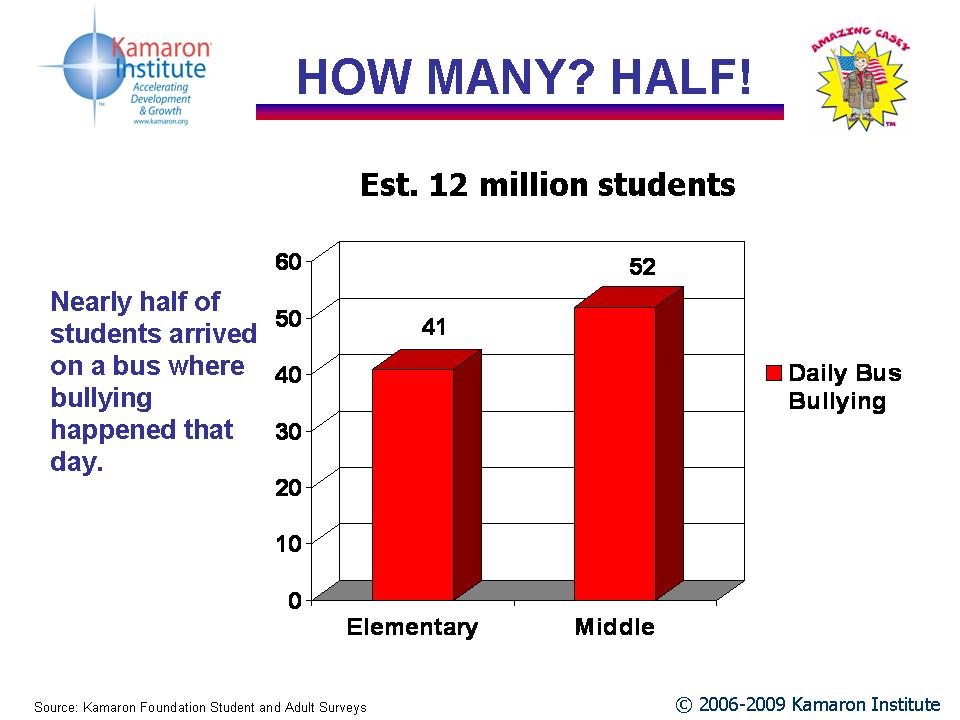
by Margaret Ross
Online the competition is usually a click away and stores are open 24/7. In this competitive economy, customer loyalty is a necessity to keep your multi-channel business growing. Tactics for cultivating loyal online customers can differ from cultivating them in a physical store sales channel. Web sales means speed. Online offers you the opportunity to instantly secure permission to speak with the prospect again.
It smoothly enables the first invitation to join your community at destinations such as Twitter or Facebook and immediately offers you the chance to provide a relevant incentive both to purchase now and make a second or additional purchase within 72 hours.
During my two decades as a business marketing strategist, I’ve observed that top performing companies focus on attracting and keeping customers. Why? Loyal customers provide greater profitability. Profits are powerful. Loyal customers spend 80 percent more than other customers. Eighty percent of a company’s sales come from 20 percent of their customers. Loyalty can’t be purchased by the pound nor can it be stocked on shelves in colorful ‘new and improved’ packaging.
Customer loyalty should be a corporate strategy and requires corporate ongoing commitment. The ongoing value propositions created for the top 20% key customers should be regularly refreshed and have a superior perceived value in relation to competitive offerings. Remember: Your best customers are highly intelligent and shopping savvy. Just like you.
Customer loyalty is built over time and in stages. In the consumer goods and services industries, it takes 12-18 months to build and earn a customer’s loyalty. Each customer loyalty stage has a number, a name and a cost.
Building Blocks of Keeping Customers
1. TRY
2. BUY
3. ASK
(Ask for product by brand name)
4. TELL
(Tell others about product or service. Social Media win after win. )
Customer or client loyalty is built over time and in stages. In the consumer goods and services industries, it takes 12-18 months of doing the right things consistently to build and earn a customer’s loyalty. Each customer loyalty stage has a number, a name and a cost.
To get a customer to the "Try" stage, she must first become aware of the product and sample it. Across most consumer goods industries the average cost to get someone to ‘try’ or "sample" something new is between $60 and $120. That can be a lot.
Because it can be costly, it should be worth a lot to keep these proven and high potential new customers. Too many companies replace their entire customer base every few years. They still haven’t grasped the dollars impact and cents of this tactic. It costs six to eight times more to acquire a new customer than it does to keep a customer and build loyalty. If the customer doesn’t continue to buy the product, the money spent to get them to TRY your product or service the first time was wasted.
Strategic customer loyalty is wise spending and must be a fiscal priority. Most companies continue to spend 75% of their sales and marketing budgets to get non-customers to try their products while spending relatively little on the 20% of their customer group who provides them with 80% of their revenues. Our research indicates that the days a firm could assume that a customer's age decreases their likelihood of changing brands, it gone. Boomers and beyond are not locked in for life.
Firms pay to acquire the same customer over and over again. In telecommunications and financial services, companies have been known to write checks to get people to switch to their service or offer large incentives over a short time period. Then they take such poor care of those same customers that they drive customers away again.
As a consultant, I’ve repeatedly observed that for a company to break free of their "customer churn and burn cycle" requires a huge amount of long-term cultural and corporate change. This is the secret of why it is so hard for them.
Spending money to acquire new customers doesn’t require change, just cash.
Bonus Business Marketing Fact
A recent Kamaron Institute business marketing research study found that customers participating in loyalty programs offering specific benefits are more willing to share personal information such as name, address, cell phone, permission to market and competitive order history. They remain unlikely to share real age, weight, or income.
About Author
Margaret Ross is president of Visible Strategies Communications a Internet Business Marketing Consultancy specializing in a online reputation management and Founder of the Kamaron Institute, a premier management consulting and educational consulting firm, advising leading companies and educational organizations on issues of market strategy, organizational dynamics, personal development, communications, and bullying prevention.
© All World-wide rights reserved. Margaret Ross. The Kamaron Institute. Visible Strategies Communications



